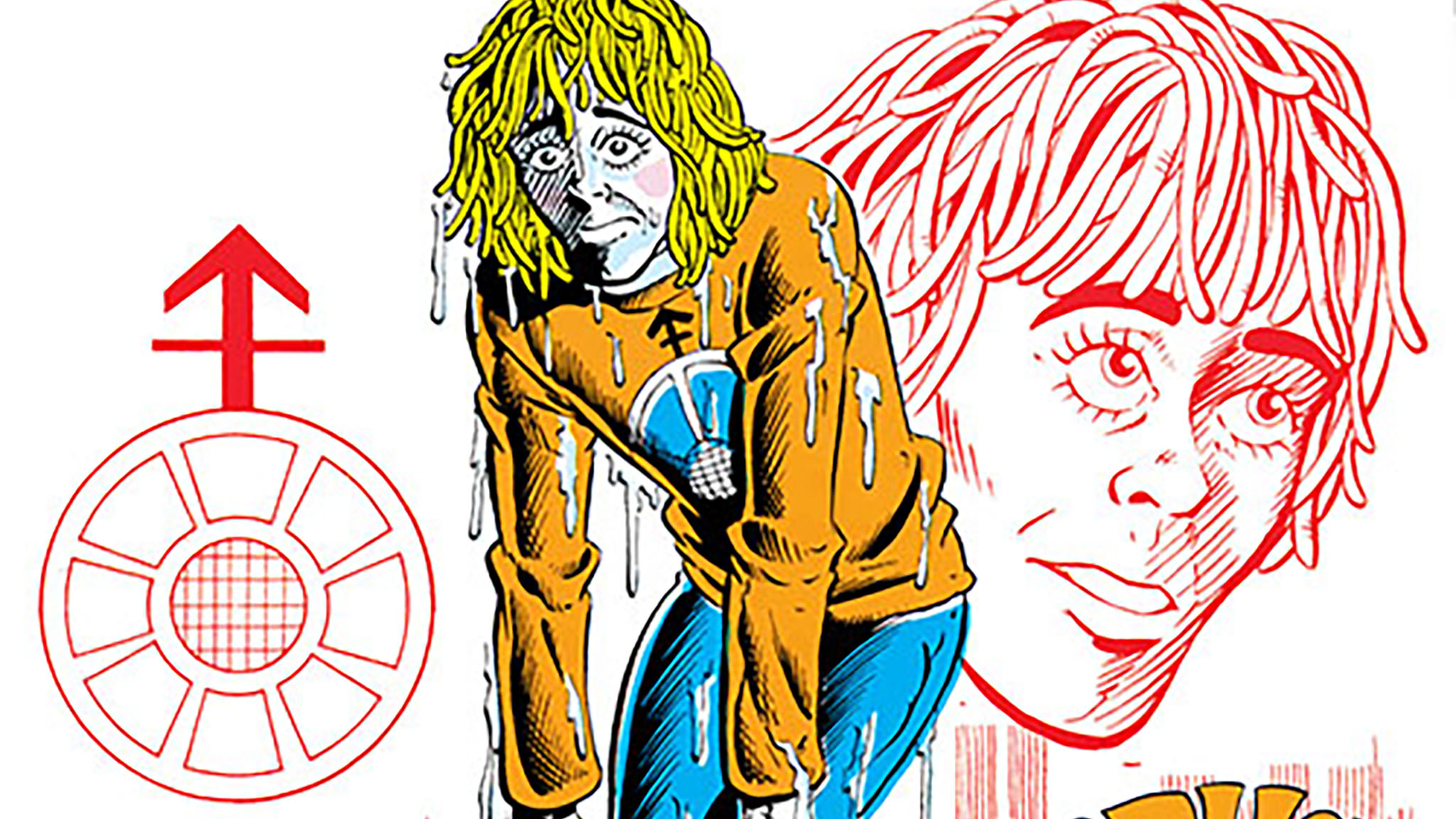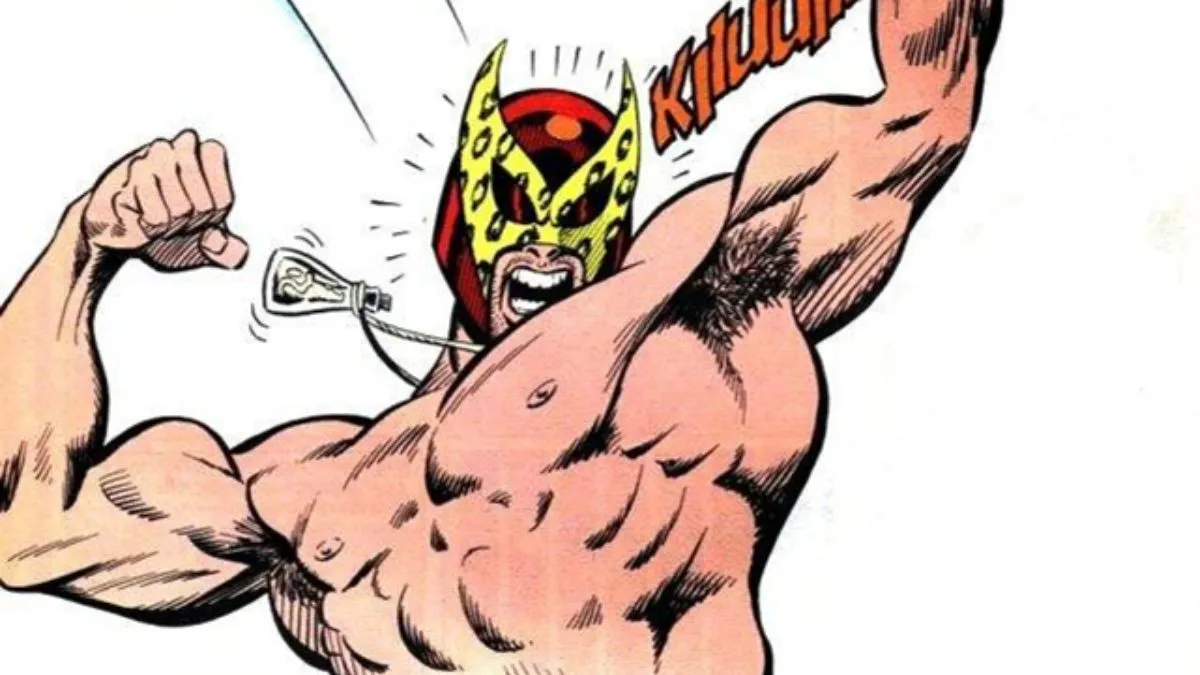
The 1960s were a golden age for creating rich superhero universes and establishing classic stories, but DC Comics struggled to connect with the changing times. While Marvel was developing relatable, imperfect heroes that reflected the decade’s upheaval, DC felt out of touch, offering a safe, almost artificial version of fantasy. DC tried to appear current by simply adding flashy elements to old ideas, but it didn’t really feel innovative.
Those stories now feel awkward because of a well-meaning but misguided optimism. They reflect a publisher that couldn’t adapt to changing emotional expectations, even when readers began valuing honesty. While the DC universe of the 1960s was creative, it was also out of touch, stuck between a longing for the past and a growing counterculture it didn’t quite grasp.
5. Polka-Dot Man

Polka-Dot Man is a Batman villain defined by his polka-dot themed appearance. First appearing in 1962, he initially came across as more comical than threatening, using his suit’s dots as weapons. However, the character recently experienced a revival thanks to James Gunn’s film, The Suicide Squad. Gunn transformed Polka-Dot Man, whose real name is Abner Krill, into a surprisingly sympathetic and tragic figure, exploring the trauma caused by his abusive mother and the painful nature of his powers. This reimagining resonated with audiences who connected with his vulnerability, but it wouldn’t have been effective if the character hadn’t been so outlandish in the first place.
4. Bat-Mite

Bat-Mite first showed up in Detective Comics #267 in 1959 and became more well-known in the 1960s. He was created to bring some humor to Batman’s adventures. Bat-Mite is a magical imp from another dimension—the 5th dimension—where beings can change reality however they want. He’s completely devoted to Batman, and considers himself the hero’s number one fan.
He dresses up as Batman and tries to assist the hero in fighting crime. He first appeared in the late 1960s, when the Batman TV show with Adam West made the character more comedic, and he was a good fit for that lighter tone. However, as fans began to prefer a darker, more serious Batman in the 1970s and 80s, Bat-Mite felt outdated and was used less often.
3. The Inferior Five

The Inferior Five first appeared in Showcase #62 in 1966. This team was composed of five hilariously inept heroes: Merryman, the bookish but ineffective leader; The Blimp, a slow-moving floater billed as a “speedster”; Awkwardman, powerfully built but incredibly clumsy; The Dumb Bunny, super strong but not very bright; and The White Feather, a cowardly archer. They were the children of classic superheroes who failed to live up to their parents’ reputations, and that was the core of the joke. Originally, the series was DC’s attempt at parody, playfully mocking the overly dramatic superhero stories of the time. However, what seemed witty in the 1960s now often feels insensitive and relies on tired clichés. Instead of developing interesting characters, the story focused on their incompetence and physical shortcomings. Even more problematic, many jokes – particularly those about The Dumb Bunny – used outdated and offensive gender stereotypes. DC aimed to demonstrate their ability to poke fun at themselves, but ultimately resorted to making fun of others instead of creating genuinely humorous content.
2. Brother Power the Geek

DC Comics’ attempt to connect with the 1960s counterculture resulted in the strange character Brother Power the Geek – a somewhat clumsy and stereotypical “hippie” hero. Created by Joe Simon, co-creator of Captain America, Brother Power debuted in 1968 and positioned himself as a champion of hippies, fighting against established authority, and promoting ideals of freedom and unity. While the late ’60s were marked by youth rebellion and anti-establishment sentiment, DC – traditionally known for straightforward heroes like Superman and Batman – created a cartoonish representation of the movement. Brother Power often sounded like a collection of clichés rather than a genuine individual.
1. B’wana Beast

B’wana Beast is Mike Maxwell, a game warden working in Africa who gains incredible abilities after drinking a strange potion and wearing a magical helmet. This helmet lets him talk to animals and, uniquely, combine them into unusual creatures. He then takes on the role of protector of the African jungle, battling poachers and other dangers. However, the character relies heavily on outdated and problematic colonial ideas. A white man arriving in Africa, gaining powers from the land, and immediately becoming its protector reinforces the harmful “white savior” trope often seen in media. While historically interesting, B’wana Beast is a superhero concept that likely should have remained a product of its time – the 1960s.
Read More
- FC 26 reveals free preview mode and 10 classic squads
- When Perturbation Fails: Taming Light in Complex Cavities
- Jujutsu Kaisen Execution Delivers High-Stakes Action and the Most Shocking Twist of the Series (Review)
- Where Winds Meet: Best Weapon Combinations
- Fluid Dynamics and the Promise of Quantum Computation
- Dancing With The Stars Fans Want Terri Irwin To Compete, And Robert Irwin Shared His Honest Take
- Red Dead Redemption Remaster Error Prevents Xbox Players from Free Upgrade
- TikToker Madeleine White Marries Andrew Fedyk: See Her Wedding Dress
- Hazbin Hotel season 3 release date speculation and latest news
- Walking Towards State Estimation: A New Boundary Condition Approach
2025-11-16 20:15